Human Past Fellowship projects
The Human Past SCAS Fellowship Program, an integral component of the Center for the Human Past, is designed to foster a collaborative environment where early-stage and established scholars can converge across a wide range of disciplines, such as archaeology, population genetics and historical linguistics. These fields collectively explore the shared history of the world’s populations over the past 10,000 years, a period marked by the advent of agrarian food production, population growth and linguistic changes, as well as the emergence of early civilisations.
Human Past Fellowship SCAS webpage
2025-26
Hugo Reyes Centeno
Senior Fellow 2025-26 (HT)
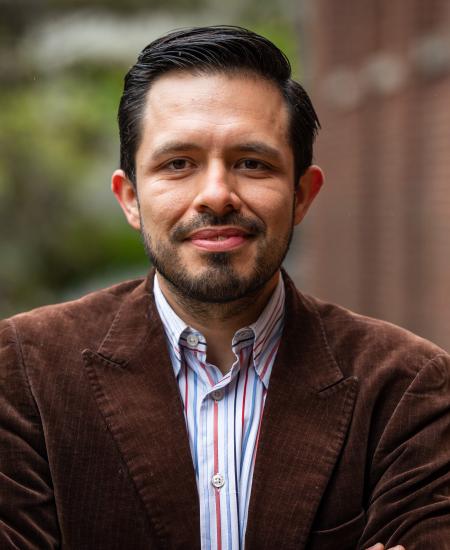
Genomic and archaeological approaches toward resolving the Austronesian problem
Project summary
Despite consensus on the movement of peoples from mainland Asia to Island Southeast Asia and the Pacific over the past five thousand years, the mode of dispersal and biocultural change remains highly contested. While some hypotheses posit agriculturalists and Austronesian language speakers rapidly dispersing via Taiwan, other scenarios postulate, for example, additional dispersal routes, the gradual adoption of agricultural practice, and dynamic language borrowing.
During the fellowship, Reyes Centeno will assess current debates by critically synthesizing models developed from linguistic, archaeological, and genetic lines of evidence and by harnessing original archaeological data collected from the Philippine archipelago.
Anthony Jakob
Junior Fellow 2025-26
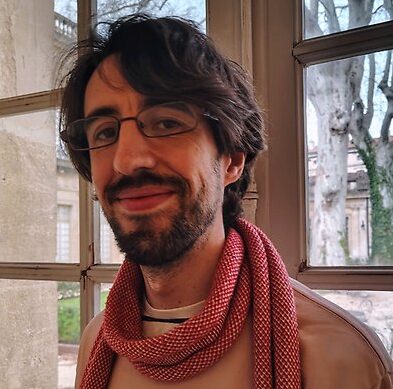
Tracing Prehistoric Language Shift in the West Uralic Languages
Project summary
North-eastern Europe is currently home to two genetically unrelated language families — Indo-European and Uralic. It is universally agreed that the current linguistic landscape is the result of prehistoric migrations; however, narratives among linguistics, archaeologists and geneticists have not always agreed, with archaeologists generally favouring longer-term continuity. Recent aDNA evidence, however, seems to suggest the spread of Uralic languages into Western Europe was comparatively recent. If this is so, the question arises as to what language was spoken in north-eastern Europe prior to the Uralic expansion.
Building on previous proposals of unidentified linguistic substrates in the westernmost Uralic languages, Anthony intends to investigate such prehistoric interactions through a detailed study of the West Uralic lexicon. Through gathering evidence of this kind, and subjecting it to the methods of linguistic palaeontology, he wants to test the viability of the scenarios for the westward spread of the Uralic languages proposed by archaeologists and geneticists, while also shedding light on extinct languages once spoken in the region.
David Goldstein
Senior Fellow 2025-26 (VT)
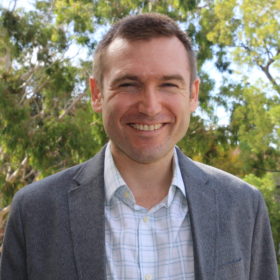
The shape and fabric of linguistic diversification in ancient Greek
Project summary
One of the most striking features of Ancient Greek culture is its rich linguistic diversity. Unravelling the origins of this diversity is one of the central questions of both Hellenic and Indo-European studies, as our understanding of this phenomenon has crucial consequences for history, linguistics, and archaeology.
The central goal of David’s project is to understand how, when, and why this dialect diversity emerged. In answering these questions, he will take advantage of a new dataset, novel quantitative methods, and an interdisciplinary perspective. The guiding idea of this study is that the diversification of ancient Greek can only be understood by taking both tree-like and non-tree-like evolution into account.
2024-25
Yoko Yamazaki
Senior Fellow 2024-25 (HT)
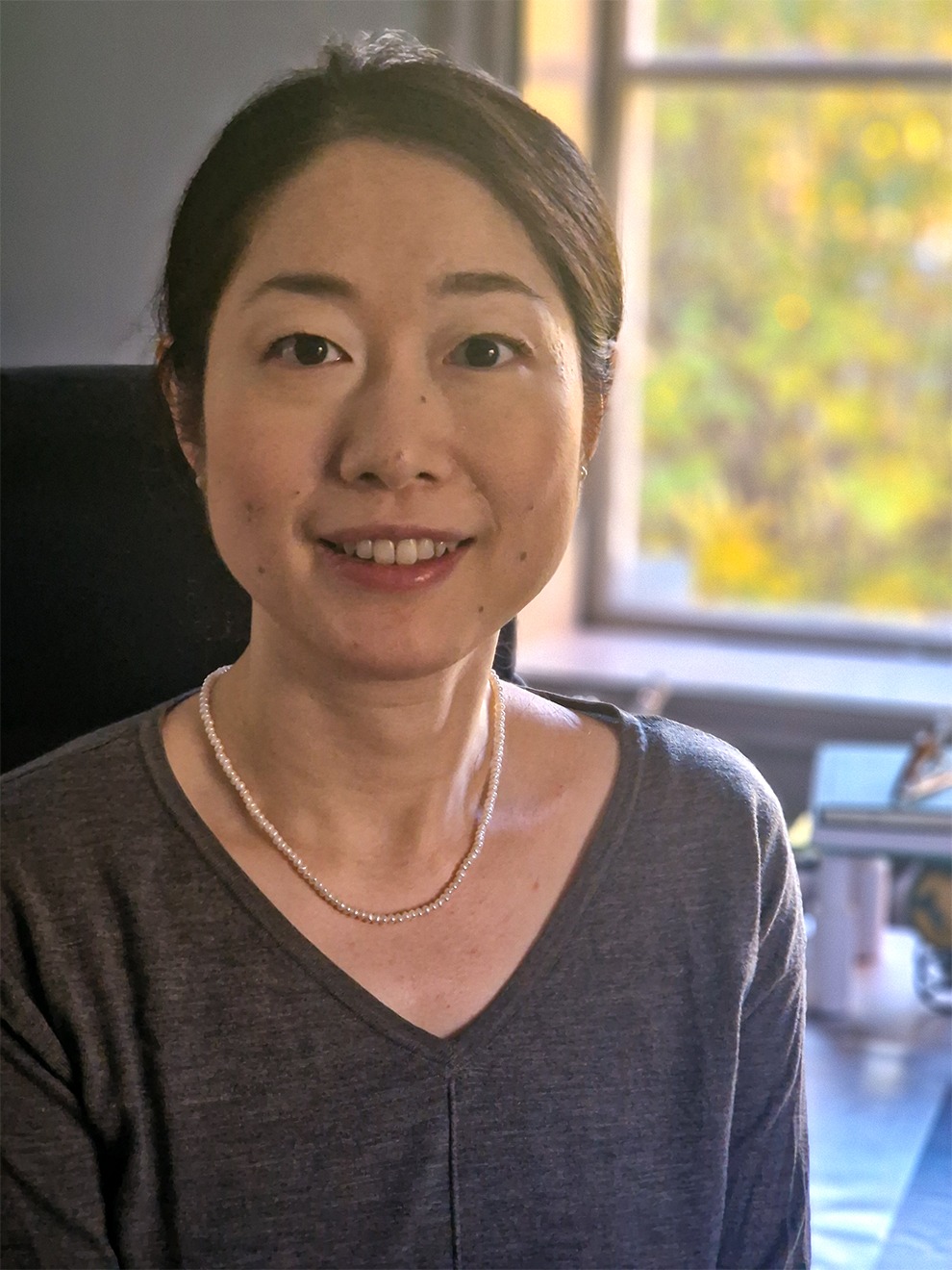
Working and Eating Together – Uralic=Indo-European contacts in the Bronze Age working communities
Project summary
The Proto-Balto-Slavic word *talk? ‘a community of workers that was treated with a feast after work’ (cf. Lithuanian talkà, Russian
tolóka, Ukr. toloká ‘construction work’) is known to have been loaned in the Uralic languages as Finnish talkoo ‘id.’, Tver Karelian talkohuš ‘holding a feast for workers’, Votic talko ‘id.’, Livonian talk ‘id.’, etc. (Thomsen 1890: 226). When this loanword item is contextualized in the Uralic=Indo-European language and cultural contacts, the word may start to tell us much information about their
contacts. First, there are some other loanwords between the two language families in the relevant semantic fields, such as Lithuanian vãškas and OCS vosk? ‘wax’ loaned from Uralic *wašk? ‘casting metal’. Also, there are both archaeological and archaeogenetic findings that point to their contacts through metallurgy work in the archaeological remains known as Seima-Turbino transcultural complex. They are trans-cultural archaeological sites dated from ca. 1900 BC. Stretching out in a wide area from the Altai to present-day Finland, they are
characterized with similar metallurgy artifacts and similar metallurgical techniques, e.g., lost-wax casting and hollow-mold casting.
In this project, I will look into the loanwords between the Indo-European and Uralic families in the (metallurgical) labor-related semantic fields from the migrational and contact viewpoints, and aim at the reconstruction of their working life.
Axel Palmér
Junior Fellow 2024-25
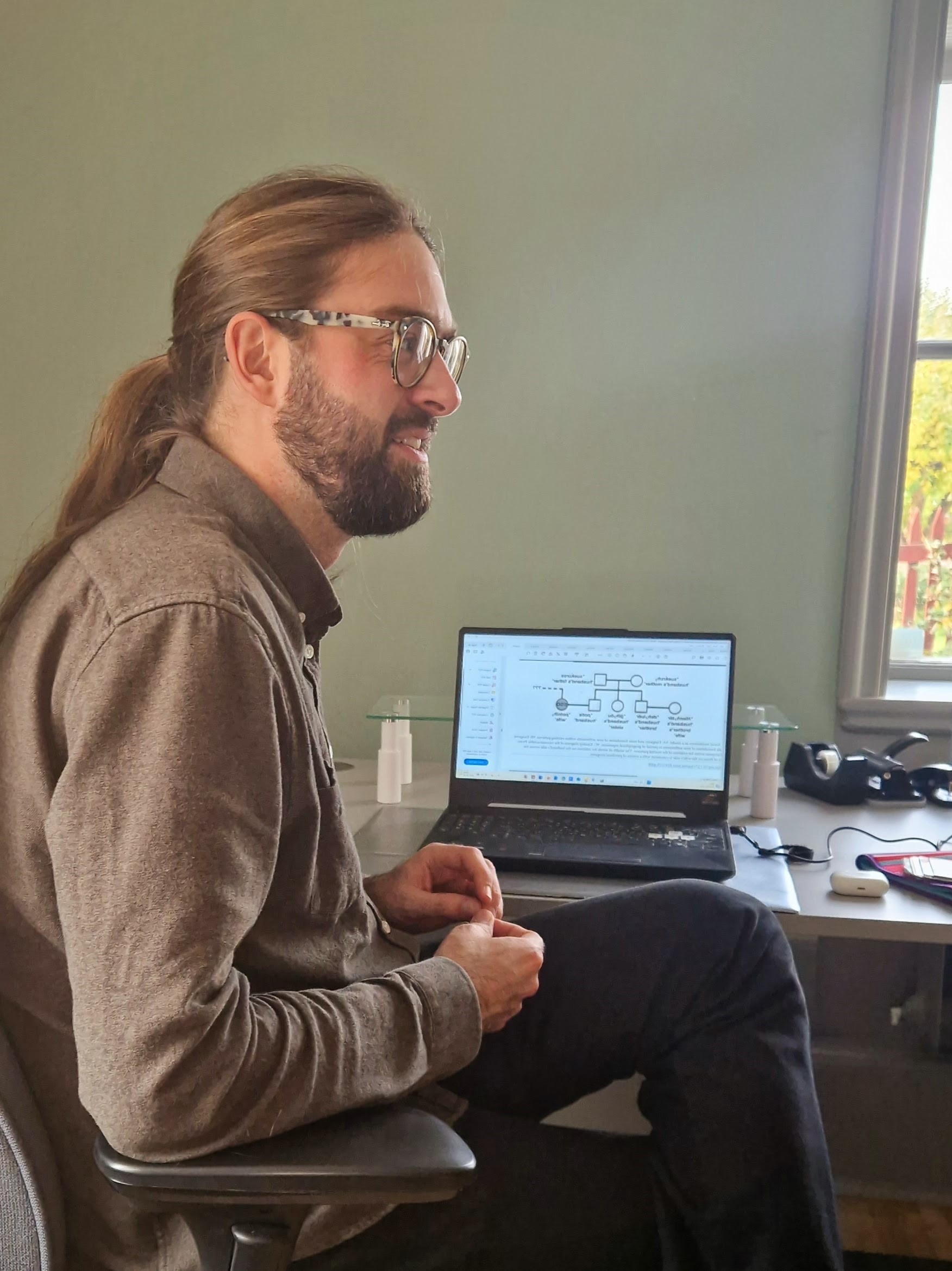
Pastoralists and agriculturalists in the Rigveda and beyond
Project summary
In the project, I intend to conduct a philological investigation into the early Indo-Iranian vocabulary used to describe the various stages of agricultural production: 1) tillage, 2) fertilization, 3) sowing, 4) reaping, 5) threshing, 6) winnowing, 7) sieving, 8) storage, as well as agricultural products such as various types of cereals. The first aim is to establish which cereals and agricultural processes are actually known in the earliest Indo-Iranian texts, primarily the Rigveda, by filtering out those words for which agricultural semantics cannot be established.
The second aim is to compare the Vedic agricultural vocabulary to that of Iranian. Whenever Vedic and Iranian share a cognate word for an agricultural process or product, it can be reconstructed to Proto-Indo-Iranian. If the word has cognates in other Indo-European branches, it can be projected even further back, whereas an isolated formation points to a unique Indo-Iranian innovation. When a cognate word has agricultural semantics only in one branch of Indo-Iranian, it may point to a post-Proto-Indo-Iranian innovation. In this way, the philological investigation of the Rigveda will feed into a comparative Indo-Iranian study of the agricultural terminology, which in turn will be integrated into an interdisciplinary model of the Indo-Iranian agricultural transition.
The philological investigation and subsequent reconstruction of Indo-Iranian agricultural terminology will result in a paper on the agricultural transition of Indo-Iranian speakers. This will inform not only on the prehistoric dispersal of the Indo-Iranian branch, but on the dispersal of the Indo-European family as a whole, since the dynamics between pastoralism and agriculture is fundamental to the Indo-European homeland question.
Mehmet Somel
Senior Fellow 2024-25 (VT)
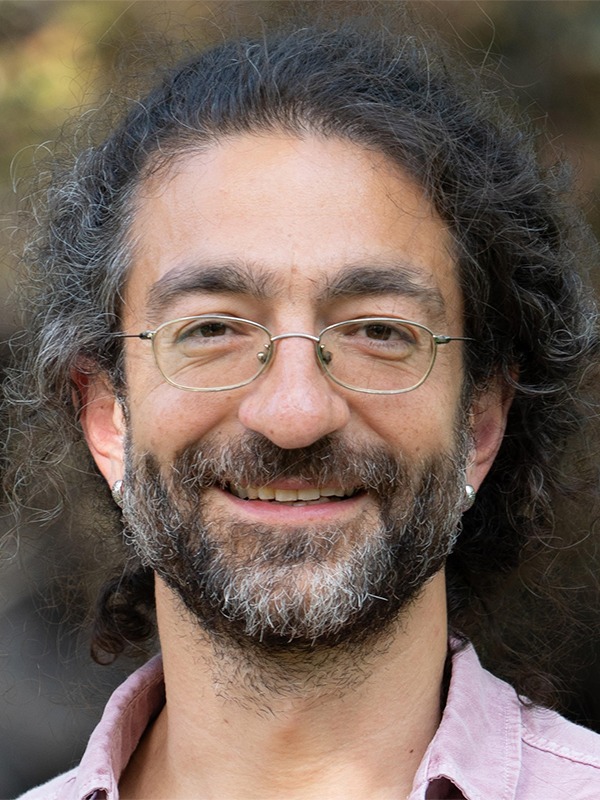
Using paleogenomes to study the cultural and demographic transformation of Anatolia in the second millennium CE
Project summary
One of the most dramatic cultural transformations – involving major linguistic, religious and demographic shifts – occurred in Anatolia in the 2nd millennium, and yet, compared to other mass migration and cultural transformation events in West Eurasia, from the Yamnaya expansion or the Fall of Rome to the Crusades, it has received much less historical attention, arguably due to cultural biases.
The mixing of incoming Turkic tribes with local Greek- and Armenian-speaking populations and the pull and push factors behind the religious and linguistic conversion of the latter are still little understood. I argue that a well-thought-out research programme involving ancient genomes, burial context and historical text will provide a breakthrough in our understanding of the process.
My proposed work involves data analysis of published and unpublished modern-day and ancient genomes from Anatolia, an extensive survey of the historical
literature and its synthesis with genomic data, and the design of a long-term research programme to help resolve the most central and still open questions about the 2nd-millennium transformation of Anatolia.
